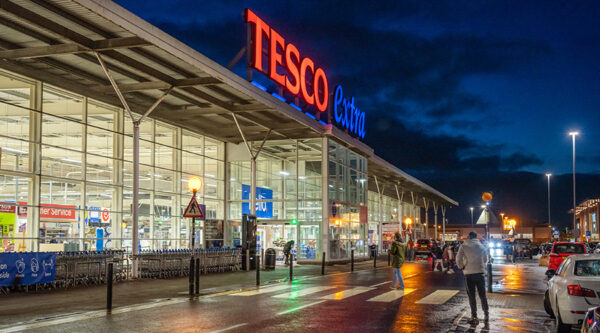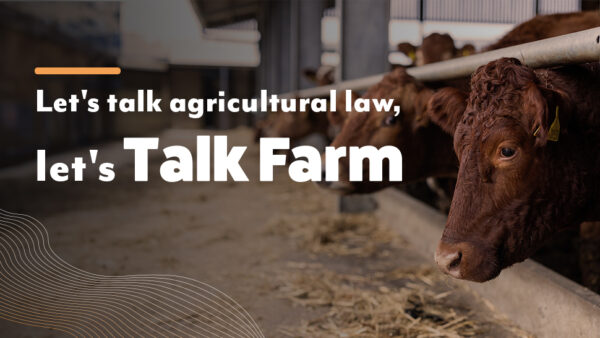

Today (1 October) marks the end of the stamp duty land tax (SDLT) holiday that was originally introduced by Chancellor Rishi Sunak in July 2020 as part of the Government’s economic response to the pandemic.
Initially set to run until the end of March 2021, the relief was available on the first £500,000 of a property’s purchase price, resulting in a saving for buyers of up to £15,000. Under pressure from various sources, Sunak extended that relief until the end of June, after which it tapered for a further three months to allow the first £250,000 to be free from the basic rate of SDLT (giving a saving of up to £2,500).
SDLT rates have now returned to their pre-pandemic levels, as set out below, with some relief still available for first-time buyers, and buyers of ‘additional’ residential properties still attracting a 3% surcharge. Since 1 April 2021, buyers of residential property in England and Northern Ireland who are not resident in the UK also now must pay a 2% surcharge. Further reliefs, for example where multiple dwellings are being acquired as part of the one transaction, are also still available in certain specific circumstances.
| Property or lease premium or transfer value | SDLT rate |
|---|---|
| Up to £125,000 | Zero |
| The next £125,000 (the portion from £125,001 to £250,000) | 2% |
| The next £675,000 (the portion from £250,001 to £925,000) | 5% |
| The next £575,000 (the portion from £925,001 to £1.5 million) | 10% |
| The remaining amount (the portion above £1.5 million) | 12% |
It is always difficult to judge cause and effect, but commentators are all agreed that the property market has been buoyant in recent months, with large numbers of homeowners taking advantage of the easing of restrictions to move home.
Visit the Government website for more information on calculating SDLT rates.










